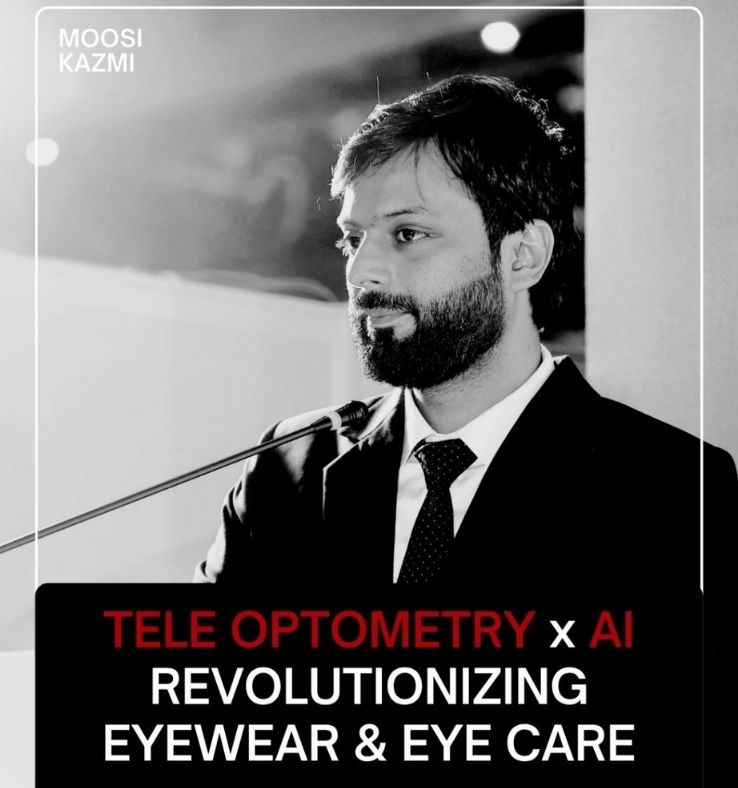Selecting the best ultraviolet light protection solution
1.jpg)
I am frequently asked by lawyers to read clinical records completed by other optometrists and to comment on the whether the eye examination(s) met the expected standard. I have noticed that some optometrists advised people with early to moderate cataract to purchase photochromic lenses in order to slow the progression of the cataract by absorbing ultraviolet (UV) light. I can partially see the sense in this as there is a strong link between exposure to ultraviolet light and cataract formation. Exposure to UV light causes the proteins in the normally transparent natural crystalline lens to aggregate into clumps and the natural lens also becomes discoloured. Protein clumping and discolouration cause a reduction in visual acuity, contrast sensitivity and colour discrimination.
So, while I understand why optometrists advise photochromics for people with early to moderate cataract more questions need to be asked by the optometrist before this advice is given. If a person spends a lot of time outdoors in the garden and/or walking and/or working outside, then photochromics are a good recommendation. My cut-off before recommending photochromics is more than 10 % of waking hours spent outdoors. However, in my experience some people with early to moderate cataract do not spend any time outdoors and it would be clinically inappropriate to recommend photochromics for these people. When recommending photochromics I also advise that when it is warm the lenses can take a few minutes to become clear again when going back in doors having been outside. The chemical reaction that takes place in photochromic lenses works best in sunny cold conditions which are less common than sunny warm conditions.
There are also some people who don’t spend much time outdoors but have large windows that catch the sun for many hours during the day. For this type of person a photochromic, such as Transitions Xtractive New Generation, would be suitable as the chemical reaction in the lens is activated with sunlight and not just UV light. This means they darken when exposed to sun light indoors as well asinside a car. Earlier generation photochromics did not work in doors or inside a car because the chemical reaction involved only the UV part of the light spectrum and much of this is absorbed by the glass in house windows and the plastic in car windows. These photochromics are available seven different colours. There is also a version with polarized lenses (only in grey) which are even more useful for people spending on or near reflective surfaces such as water, than standard photochromics.
 |
 |
Transitions Xtractive New Generation photochromics
 |
The effect of polarized lenses on glare.
However, there are other solutions for UV lightprotection that I don’t hear of very often. Adding a UV light filter to a CR39 lens. This is a very low cost way of reducing UV impact on the naturalcrystalline lens for people who aren’t outside a lot but still may benefit from some UV light protection. In my experience a CR39 lens with an added UV filter looks a little yellow but not sufficiently so to bother the wearer or to be noticeable by a person looking at the wearer.
 |
CR39 has reasonable UV light absorption properties in its standard formbut absorption is not 100%. Some UV light passes through the lens and into the eye. Adding a UV light filter into the CR39 material during manufacturemeans that all UV light is absorbed and none passes through the lens into the eye. This is a low cost option for people who need protection from UV light but don’t need a photochromic and/or a polarized lens.
Another low cost option for protection from UV light is to use a Trivex lens. This material provides 100% UV light absorptionso no extra coatings or lens modifications are required. In my experience the slight increase in chromatic aberration with a Trivex lens compared to CR39 is not noticed by wearers.
 |
Trivex lenses and UV light absorption.
By asking a few questions about a person’s life and work style we can make sure we offer the most appropriate UV light protection solution.

.jpg)

.jpg)
.jpg)
.jpg)


1.jpg)



.jpg)
.jpg)



_(Instagram_Post).jpg)
.jpg)
_(1080_x_1080_px).jpg)


with_UP_Cabinet_Minister_Sh_Nand_Gopal_Gupta_at_OpticsFair_demonstrating_Refraction.jpg)
with_UP_Cabinet_Minister_Sh_Nand_Gopal_Gupta_at_OpticsFair_demonstrating_Refraction_(1).jpg)

.jpg)








.jpg)



.png)




